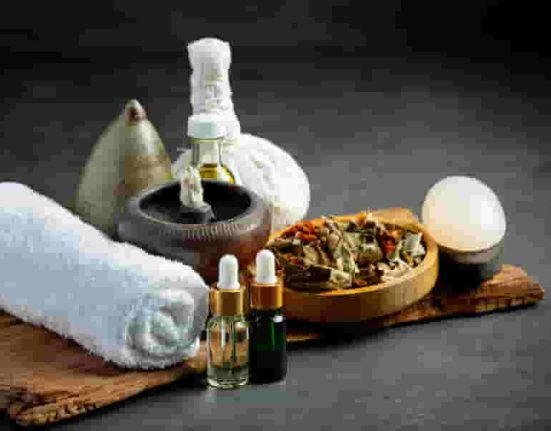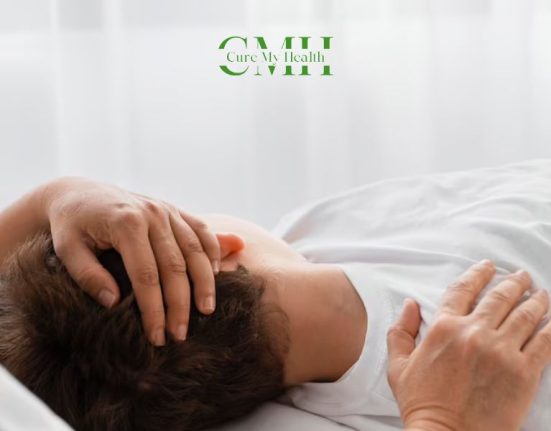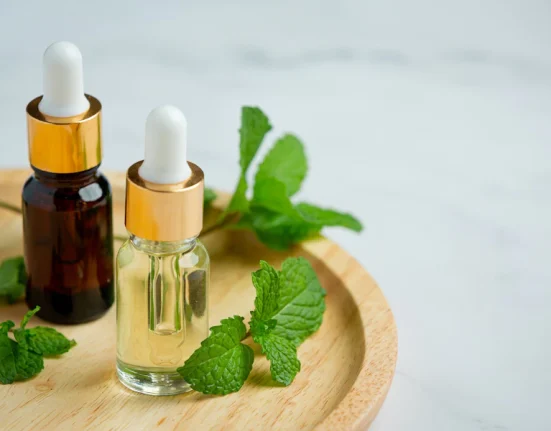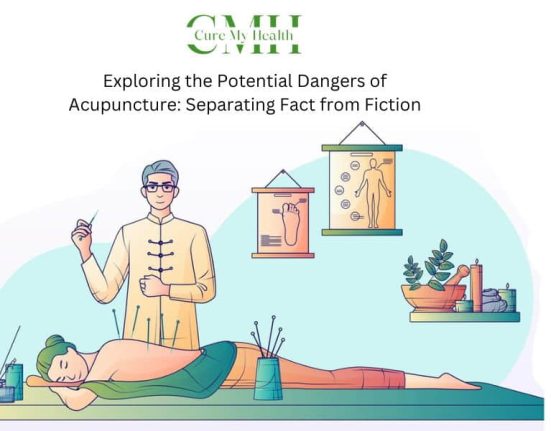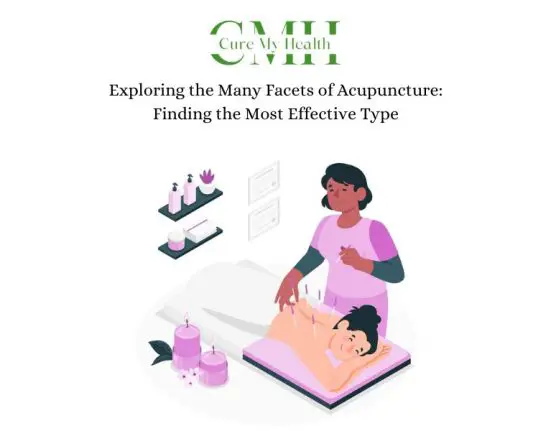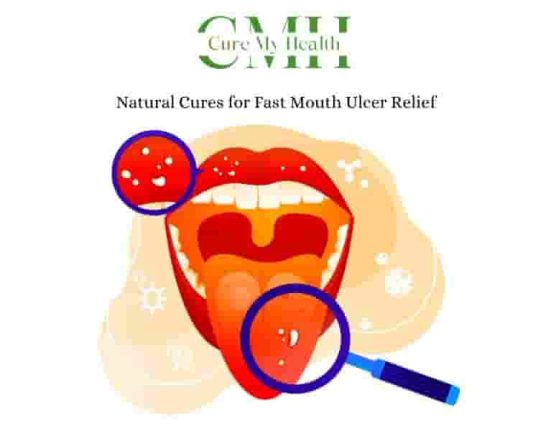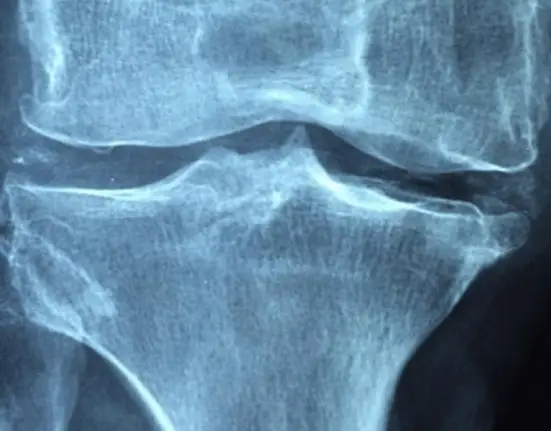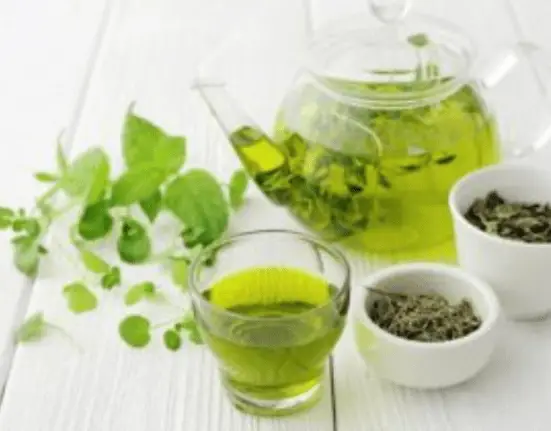Imagine a world where pain and stress melt away, where holistic healing intertwines with ancient wisdom. Welcome to the realm of acupuncture, a practice rooted in ancient China, now embraced globally for its healing potential.
Acupuncture isn’t a one-size-fits-all remedy; it’s a tapestry of techniques woven into the fabric of our well-being. In this journey, we’ll unravel the diverse types of acupuncture, focusing on the intriguing Auricular Acupuncture.
Join me as we explore the nuances of this art and find out which acupuncture technique might hold the key to your healing.
Understanding the Essence of Acupuncture
Before we venture into the labyrinth of acupuncture varieties, let’s grasp the essence of this ancient art. At its heart, acupuncture involves delicately inserting fine needles into specific points in our bodies.
These points, mapped out by energy pathways called meridians, create a network that connects various body parts. By stimulating these points, acupuncturists aim to restore the natural flow of energy, promoting the body’s innate ability to heal itself.
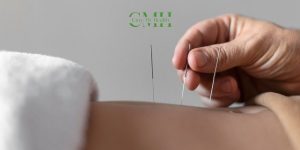
A Kaleidoscope of Acupuncture Techniques
Traditional Chinese Acupuncture
Traditional Chinese Acupuncture, the cornerstone of acupuncture, paints a holistic picture. It’s like an intricate dance where acupuncturists select precise points based on the principles of Traditional Chinese Medicine (TCM). This approach addresses a myriad of health issues, from pain management to stress relief, offering a comprehensive healing experience.
Auricular Acupuncture
Auricular Acupuncture, a fascinating facet of this ancient art, zooms in on the ear. The concept is simple yet profound – our ears, intricate in their design, mirror the entire human body. Auricular Acupuncture practitioners delicately place needles or ear seeds on specific ear points, unlocking the door to addiction treatment, stress reduction, and weight management. It’s like a whisper to the body, telling it to heal from within.
Japanese Acupuncture
Japanese Acupuncture, characterized by its gentle touch, takes a softer approach. With finer needles and shallower insertions, it’s a favorite among those sensitive to sensations. Japanese practitioners rely on palpation and the body’s feedback to tailor treatments. It’s a dance of intuition and empathy, offering solace to those seeking a more delicate healing experience.
Korean Hand Acupuncture
Picture a map where your hands hold the key to healing. Korean Hand Acupuncture, also known as Koryo Hand Therapy, believes just that. By stimulating points on the hands, this technique offers relief from pain and enhances overall well-being. It’s a testament to the body’s interconnectedness, where healing begins at your fingertips.
Scalp Acupuncture
The scalp, an often-overlooked territory, is a treasure trove of healing potential. Scalp Acupuncture involves precise needle placements on the scalp, addressing neurological conditions like stroke recovery and migraines. It’s akin to tuning a piano, harmonizing the body’s intricate melodies, and offering respite to those plagued by neurological disorders.

Exploring the Harmony Within: The Holistic Essence of Acupuncture
At the core of acupuncture is the concept of Qi (pronounced “chee”), the vital life force that flows through our bodies. This Qi flows along meridians, akin to rivers and tributaries, nourishing every cell, organ, and tissue. When the flow of Qi is obstructed or imbalanced, illness and discomfort ensue. Acupuncture seeks to restore the harmonious flow of Qi, ensuring that our bodies operate at their optimal potential.
But Auricular Acupuncture goes beyond the physical. It acknowledges that our emotions, thoughts, and experiences are deeply intertwined with our physical well-being. Stress, for instance, can disrupt the flow of Qi just as effectively as a physical injury. Acupuncture treatments often include discussions about lifestyle, emotions, and dietary choices, recognizing the interconnected web of factors that contribute to our health.
In the gentle insertion of needles and the nurturing touch of the practitioner, there’s a deeper message—an invitation to reconnect with ourselves. It’s a reminder that our bodies are not mere machines; they are temples of wisdom, capable of profound self-healing when we listen to their whispers.
The Art and Science of Acupuncture
Acupuncture is a captivating blend of ancient wisdom and modern science, a testament to the enduring power of holistic healing. As we delve deeper into this multifaceted practice, it’s essential to recognize the bridge it creates between tradition and modernity.
Ancient Wisdom in a Modern World
Acupuncture’s roots stretch back over 2,500 years, steeped in the rich tapestry of Chinese culture and philosophy. Yet, it’s not a relic of the past; it thrives in our modern world. How is this possible? The answer lies in its adaptability.
Traditional Chinese Medicine (TCM), the bedrock of acupuncture, has evolved with time, embracing scientific advances while retaining its foundational principles. Today, acupuncture treatments may involve not only needles but also modern tools like laser acupuncture, electroacupuncture, and acupressure devices. These innovations enhance the precision and effectiveness of treatments, making acupuncture even more accessible and adaptable to contemporary needs.
Science Meets the Qi
While Auricular Acupuncture’s traditional explanations are rooted in the concept of Qi and meridians, modern research has delved into the physiological mechanisms behind its effectiveness. Studies have shown that acupuncture can stimulate the release of endorphins, our body’s natural painkillers. It can also influence the autonomic nervous system, regulating functions like heart rate and blood pressure.
Moreover, acupuncture has gained recognition in mainstream medicine. It’s used as a complementary therapy alongside conventional treatments for a range of conditions, including chronic pain, nausea induced by chemotherapy, and musculoskeletal disorders. This acceptance is a testament to the growing body of scientific evidence supporting acupuncture’s efficacy.

Conclusion
Whether you find solace in the comprehensive approach of Traditional Chinese Acupuncture, the swift healing of Auricular Acupuncture, the gentle touch of Japanese Acupuncture, the subtle power of Korean Hand Acupuncture, or the specialized care of Scalp Acupuncture, remember this: your body has an innate capacity to heal. Acupuncture, in its myriad forms, merely acts as a catalyst, guiding you back to a state of balance and well-being.
As you embark on this journey, consult a skilled practitioner, and let your intuition guide you. Your body, a masterpiece of nature, holds the wisdom of centuries. Through the artistry of acupuncture, let that wisdom unfurl, leading you toward a life brimming with vitality and harmony.


